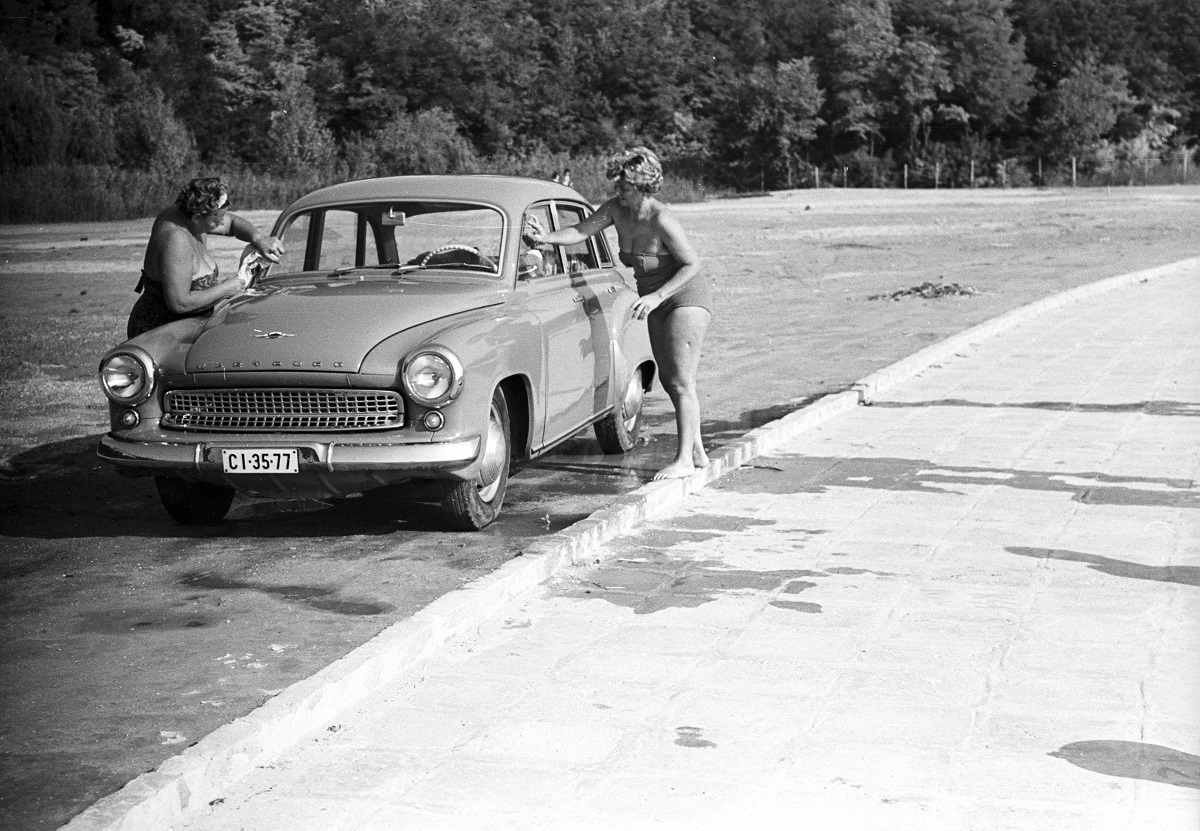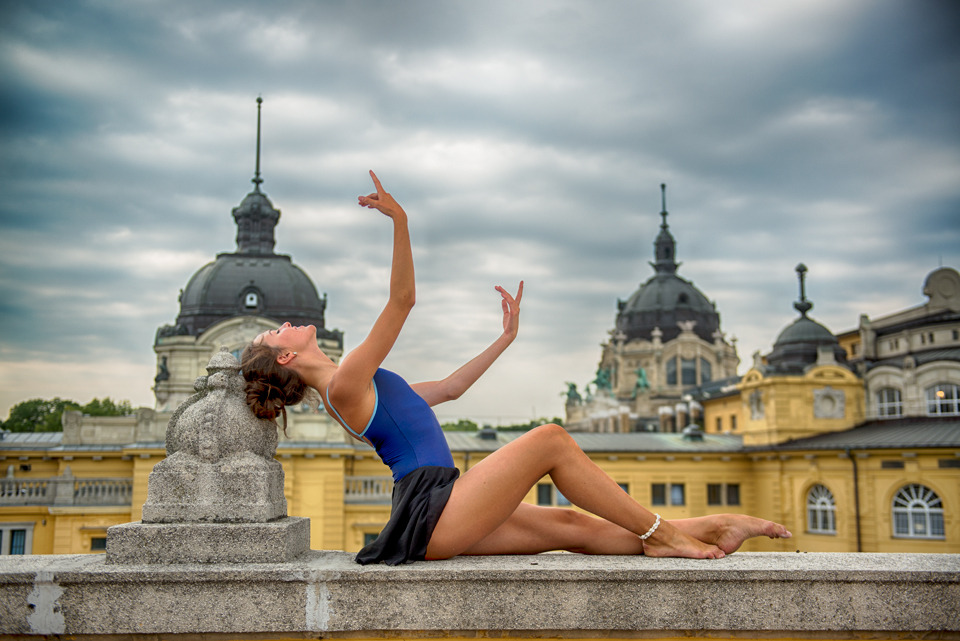Through the Eyes of an Outsider: Scenes from 1964 Hungary by Elliott Erwitt
zita kisgergely
It was the year 1964, and the place was Hungary. Under the Socialist Kádár regime, progress was still being made. The country’s first self-service grocery store was opened, for instance. Bus travel between Czechoslovakia and Hungary was re-established, and Hungary sent a strong team to the Olympics in Tokyo. Also notable was that American photographer Elliott Erwitt arrived in the country to document life behind the Iron Curtain. Still in his 30s, Erwitt’s photos have been compared to those of street photography master Henri Cartier-Bresson in their capturing of the "decisive moment". It’s possible that his interest in Hungary came from his association with Hungarian photographer Robert Capa, with whom Erwitt worked at Magnum Photo. In his diverse subjects, Erwitt left behind documentation of a Hungary that feels very much in the past, yet somehow still with us.
Elliott Erwitt’s Hungarian photo series was recently on display at Budapest’s photography museum Mai Manó Ház, but you can see a selection of his work below, which is made available through the photo archive Fortepan.
Fotó: Hősök parkja, balra a Dózsa György utca, szemben a Szabadság utca. Mohács, Magyarország, 1964 © Fortepan / Krantz Károly
Fotó: Strand. Balatonakarattya, Magyarország, 1964. © Fortepan / Lencse Zoltán
Fotó: Strand. Balatonakarattya, Magyarország, 1964. © Fortepan / Lencse Zoltán
Fotó: Bajcsy-Zsilinszky út 78., Zrínyi Nyomda, a Magyar Rendőr című folyóirat nyomdai előkészítő munkálata, Budapest V. ker., Magyarország, 1964 © Fortepan / magyar rendőr
Fotó: Magyarország, 1964 © Fortepan / magyar rendőr
Fotó: Magyarország, 1964 © Fortepan / magyar rendőr
Fotó: Kossuth Lajos tér, a felvétel a Parlament erkélyéről készült., Budapest V. ker., Magyarország, 1964 © Fortepan / magyar rendőr
Fotó: Lehel vezér tér, május 1-i felvonulás, Jászberény, Magyarország, 1964. Morvay Lajos felvétele © Fortepan / Morvay Kinga
Fotó: Apáczai Csere János utca, az UVATERV-MÉLYÉPTERV székház tetőterasza, a mellvéden a törökbálinti M1-M7 autópálya kereszteződés makettje. Háttérben a Duna és a Királyi Palota, Budapest V. ker., Magyarország, 1964 © Fortepan / UVATERV
Fotó: Fő tér 10., a Grassalkovich-palota udvara, TEFU telep. Szemben, a Bugát Pál téren álló ház takarásában, a ferences templom, Gyöngyös, Magyarország, 1964 © Fortepan / UVATERV
Fotó: A Fővárosi Tanács VB Városrendezési és Építészeti Osztályának felvétele. Levéltári jelzet: HU_BFL_XV_19_c_11 © Fortepan / Budapest Főváros Levéltára
Fotó: Balatoni út, ÁFOR kút és az autószerviz, Székesfehérvár, Magyarország, 1964 © Fortepan / UVATERV
Fotó: Erzsébet híd Pestről nézve, terheléspróba, Budapest V. ker., Magyarország, 1964 © Fortepan / UVATERV
Fotó: Gyermek tér, gyermek közlekedési park, Budapest XIII. ker., Magyarország, 1964 © Fortepan
Source: Mai Manó Ház; Fortepan
Flatpack Films is based in Budapest, Hungary. We are a film company that offers an inspiring and professional work atmosphere for our local and international clients. Since our inception, our focus has been providing the best of the best in terms of local production resources, locations, cast, and technical teams to ensure that whatever the production we facilitate, we do to highest standard possible.
























































































